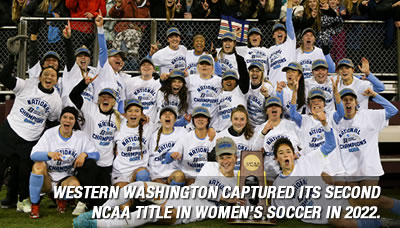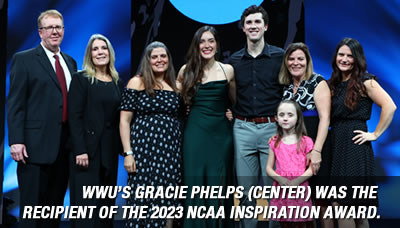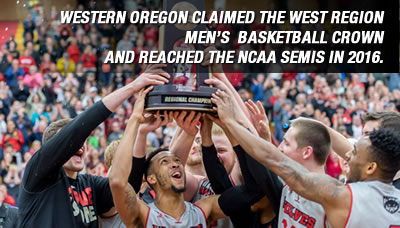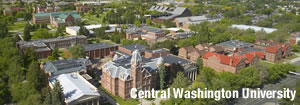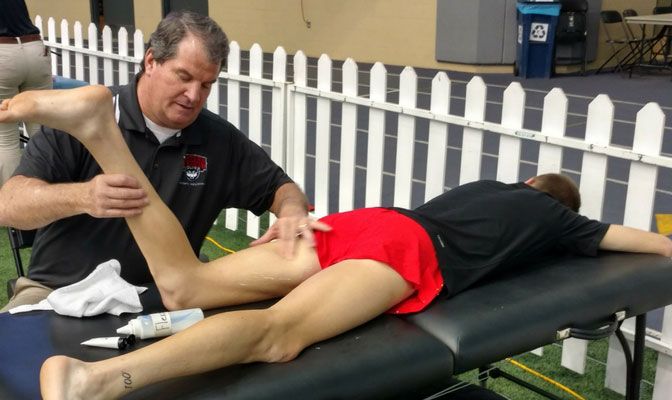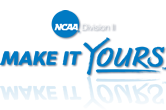Thursday, March 22, 2018
In celebration of National Athletic Training Month, the GNAC is profiling athletic trainers throughout the conference. These trained medical professionals at every school work to keep the student-athletes of the GNAC healthy, active and safe.
National Athletic Training Month is an initiative of the National Athletic Trainers Association. To learn more about the month and role athletic trainers provide to the college athletics community, Click Here.
Name: Kurtis Kidd
Institution: Western Oregon University
Years at Institution: 29
Hometown: Layton, Utah
Colleges Attended & Degrees: Dixie State Junior College, Brigham Young University (Undergraduate, Physical Education/Secondary Education Teaching Credentials/Minor In Recreational Management; Graduate, Sports Medicine)
Sports In Which You Have Served As A Primary Athletic Trainer: Baseball, wrestling, football, men’s basketball and track and field.
What Prompted Your Interest In A Career In Athletic Training: The medical profession was always an interest in my youth. I was introduced to the profession of athletic training while playing football at Brigham Young University. The combination of medicine and athletics in one profession was exactly the career path for me.
Who Has Been The Biggest Influence On Your Career: Marv Roberson and Oli Julkunen were the athletic trainers at Brigham Young University who became my mentors and later my colleagues. Marv and Oli demonstrated and taught a logical sequential order to problem-solving. They taught me manual therapy techniques before they became the new prevailing method of treatment. They both were exactly what I needed as I started on my own individual career path.
For You Personally, What Are The Most Satisfying Aspects Of Being An Athletic Trainer: The most satisfying aspect of being an athletic trainer is being an active participant in a student-athlete’s accomplishment. I imagine this is a similar feeling of satisfaction that a coach experiences. If my primary satisfaction was in helping an injured individual, I would not have become an athletic trainer. I would have become a different type of medical professional and received a better monetary compensation.
What Are The Most Challenging Aspects Of The Job: The most challenging aspect of an athletic trainer’s job is the fact that we do not control our own work schedule. The work schedule of an athletic trainer is dictated by sports schedules, coaches, administrators, student-athlete academic schedules, facility availability, and weather. The challenging work schedule of an athletic trainer makes it difficult to keep your life in balance.
What Is The Most Misunderstood Aspect Of The Athletic Training Profession: The most misunderstood aspect of the athletic training profession is that there are still influential individuals who do not recognize athletic trainers as medical professionals.
What Is One Key Element Of Your Job That Most People Would Not Realize: Athletic trainers are NOT individuals who could not get into medical school. We are medical professionals who collaborate with physicians and choose to work with an athletic population. We are employed by colleges, universities and high schools to provide medical service to student-athletes. At the NCAA level, we operate under an administrative structure that provides for "unchangeable autonomous authority" to have final decision-making authority with regard to diagnosis, management and return-to-play determinations for the student-athlete. We are not supervised by a coach. We follow and adhere to our national organization’s code of ethics that include the following: "Member’s duty to the patient is the first concern, and therefore members are obligated to place the welfare and long-term well-being of their patient above other groups and their own self-interest, to provide competent care in all decisions, and advocate for the best medical interest and safety of their patient at all times as delineated by professional statements and best practices."
What Has Been The Biggest Change In Athletic Training During Your Career: When I obtained my national certification to practice athletic training in 1985, there was a general consensus that once a college, university or high school understood the value of an athletic trainer there would soon be a demand for athletic trainers beyond the ability of the profession to fill all of the desired need. While I have seen NCAA Division I institutions go from two staff athletic trainers to 14 staff athletic trainers during my career, the trickle-down effect to the NCAA Division II and high school level has been slow. This has led athletic trainers to seek employment outside of the traditional job setting that I anticipated would have been available when I began my career. Today there are many medical professionals who call themselves athletic trainers who do not have a career associated with a college or university.
What Do You See As Primary Health Concerns Currently In College Athletics: The public and student-athletes are seeking information and knowledge on how to make participation in athletics safer. This is a new sense of awareness that I believe is required for organized athletics to survive. As the public becomes more informed on athletic safety, having a sufficient amount of athletic trainers on staff will no longer be a wish. It will become a necessity.
What Advice Would You Give To A High School Or College Student Interested In Pursuing A Career In Athletic Training: My best advice to anyone interested in pursuing a career in athletic training is to participate in a job shadow or volunteer internship program.





